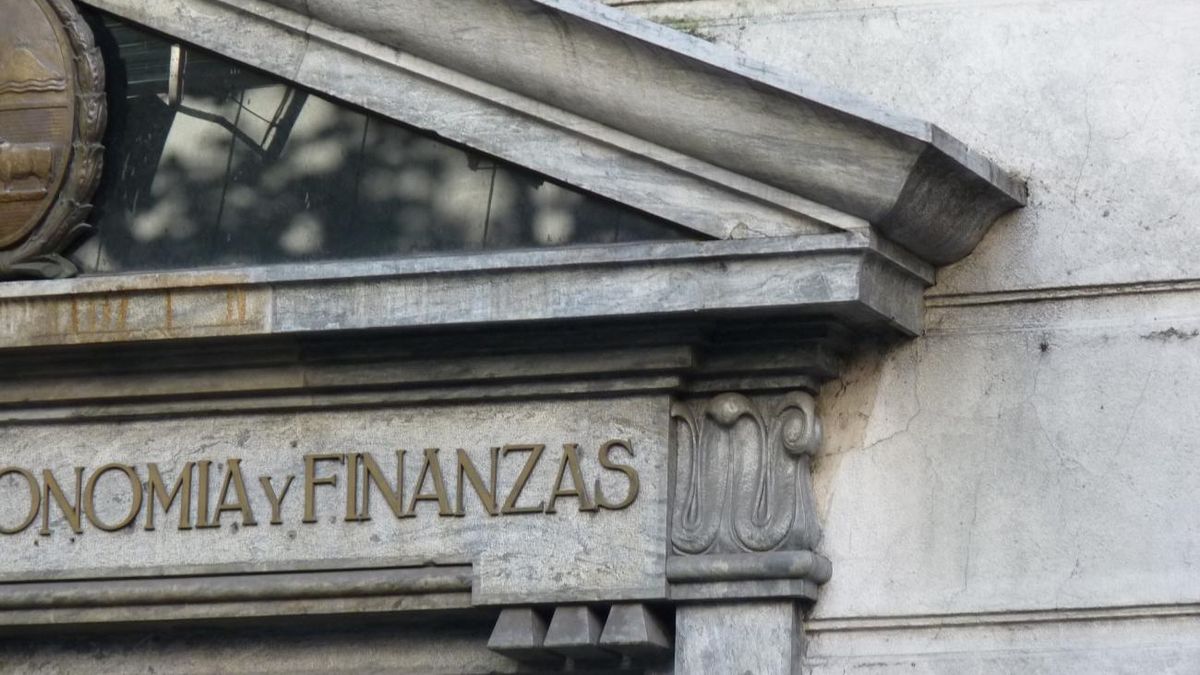The last technical report of the International Monetary Fund (IMF) about Uruguay warned about the historically high levels of debt in relation to GDP and urged the government of Luis Lacalle Pou to reverse that trend.
Although the analysts of the international organization highlighted the government’s efforts to reduce the debt, which increased due to the consequences of the covid-19 pandemicthey considered it imperative that once the crisis passed through the drought current, the efforts of the governmental economic actors go through an adjustment of this indicator.
What will happen to debt this year?
The Ministry of Economy and Finance (MEF) foresees a net indebtedness of 1,893 million dollars for this year, within the limit of 2,200 million dollars established by law.
According to the last quarterly report of the Public Debt Management UnitAt the end of January, the government’s liquidity reached 1,874 million dollars and the contingent credit lines with multilateral institutions amounted to 1,515 million dollars.
The government, meanwhile, estimated the financing needs at 4,210 million dollars. This figure includes approximately 2,222 million dollars in amortizations of bonds and loans with multilateral organizations.
The strategy: raise funds in pesos
The MEF was proposed as a pillar in debt management increase funding in pesos through the placement of bonds in the local and international market for a total of 3,785 million dollars for all of 2023.
To this is added a increase in secondary markets (notes mainly linked to the Indexed Units) for a total of US$500 million for the first semester.
Part of this strategy was the special tender, outside the calendar, which was carried out in February and for which the Ministry of Economy and Finance and the Central Bank of Uruguay (BCU) jointly awarded 902 million dollars.
The special issuance of domestic debt included Treasury Notes in Indexed Units (UI), in nominal pesos (UYU) and in Pension Units (UP).
Among the four operations that were carried out in the first week of February, the government placed almost double the amounts to bid that it announced at the beginning and that totaled 507 million dollars.
Green bonds, the other alternative
The government plan adds a cutting-edge tool in which Uruguay makes a difference compared to the rest of the countries in the region: a financial system tied to good environmental management indicators.
The government intends this year to promote, together with multilateral institutions, “financial instruments in the form of loans that incorporate quantitative indicators linked to climate change and nature protection. This type of tool should reward the country’s good environmental performance with interest rate reductions.
Last year, meanwhile, the issuance of the sustainable sovereign bond received strong investor backing: Uruguay recorded a combined $4 billion in orders from nearly 190 accounts, including several first-time buyers and buyers from non-traditional emerging markets, according to the MEF.
Source: Ambito




